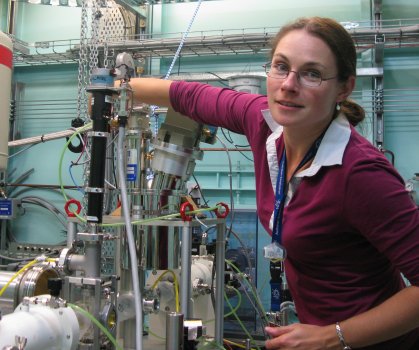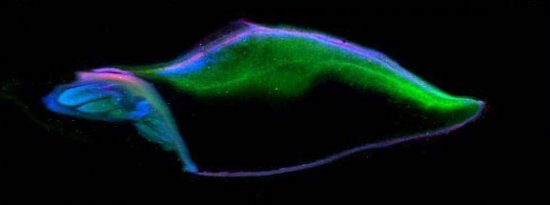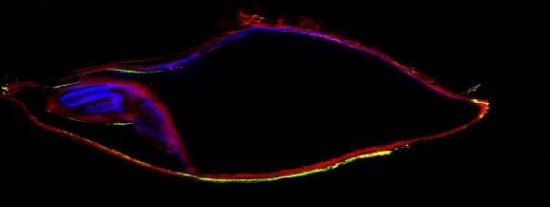Rice, barley and other cereal grains are important energy sources for many millions of people around the world. Unfortunately, diets that rely too heavily on these relatively poor sources of nutrition are often low in important micronutrients such as iron. In response to increasing global concern about dietary deficiencies, Australian researchers are using synchrotron techniques to investigate various strategies to improve the levels of iron and other important micronutrients in these staple food grains.
One third of the world’s population suffers from iron deficiency, mainly women and children. Up to one billion people may be deficient in selenium, which helps prevent tissue degeneration by acting as an antioxidant. Because access to food types and supplements to combat these problems is often limited by location, dietary habits and costs, there is considerable interest in biotechnology and cereal crop biofortification. However, we first need to know more about the locations and chemical forms of micronutrients in cereal grains. The chemical form is important because it determines the extent to which our bodies can actually absorb and use the micronutrients. For example, minerals that are bound up in complexes with phytic acid are virtually unavailable to humans.
Enzo Lombi and Erica Donner from the Centre for Environmental Risk Assessment and Remediation at the University of South Australia are using synchrotron techniques to find out exactly where minerals such as iron, selenium and zinc are located in rice, barley and other cereal grains. These findings will assist the development of improved processing methods and breeding programs to increase the nutritional value of cereal grains.
 Caption: Erica Donner spent her birthday this year working on the XAS beamline at the Australian Synchrotron. Photo: Enzo Lombi.
Caption: Erica Donner spent her birthday this year working on the XAS beamline at the Australian Synchrotron. Photo: Enzo Lombi.
Enzo and his research collaborators have been using the x-ray fluorescence microscopy (XFM) beamline and the new Maia detector at the Australian Synchrotron to examine the chemical form and locations of a range of micronutrients in barley grains. This technique offers micrometre-scale lateral resolution, high sensitivity and collection times that make it possible to map whole grains.
The XFM findings show that there is considerable variation in micronutrient distribution in barley grains, and that micronutrient transport is highly regulated, i.e. different micronutrients may be transported to different parts of the grain, or even different locations within the same part.
Enzo and researchers from the Australian Centre for Plant Functional Genomics, Flinders University and University of Melbourne have also investigated iron speciation and transport in polished (white) and unpolished (brown) samples of transgenic rice with enhanced ability to move iron further into the grain. This research used the XFM and the x-ray absorption spectroscopy (XAS) beamlines at the Australian Synchrotron. In rice, more than three-quarters of the iron in rice is lost when the outer layers of the grain are removed during milling. Copper and zinc are better able to diffuse into the endosperm (white rice) than iron is. The transgenic rice has multiple copies of the rice gene responsible for synthesis of nicotianamine, a compound that is involved in long distance transport of ferrous (Fe2+) ions.
XAS is virtually the only technique capable of determining the chemical form of these elements at the low levels found in cereal grains – without the need for extraction processes that could alter the chemical form.
Enzo has used a similar technique on the Australian National Beamline Facility (ANBF) at the Photon Factory in Japan in collaboration with colleagues in China and the UK to determine the most effective fertiliser regimes for improving selenium levels in rice. The ANBF is operated by the Australian Synchrotron.
Further research in this area is expected to provide additional essential information to assist the development of strategies that aim to alleviate malnutrition – strategies ranging from fertilisation to conventional breeding and biotechnologies.

Top to bottom: tri-colour maps of: Fe (red), Cu (green) and Zn (blue); and K (red), Ca (green) and Mn (blue) distribution in a barley grain. Image courtesy of Enzo Lombi.

